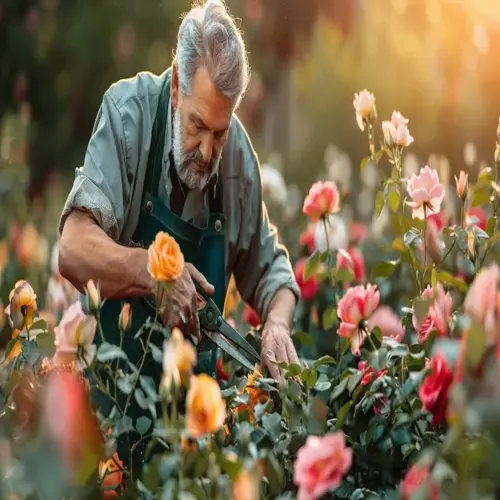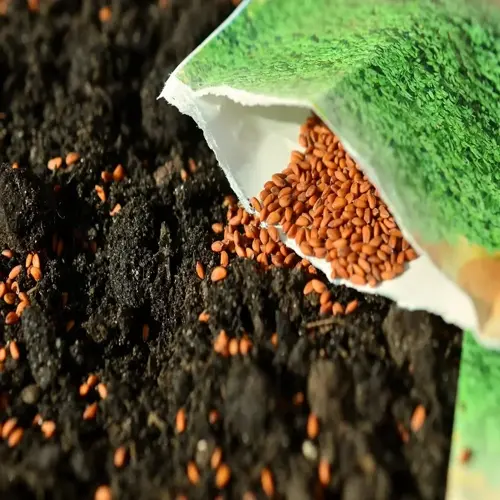How do I identify seeds needing scarification?

Written by
Julia Anderson
Reviewed by
Prof. Charles Hartman, Ph.D.To identify seeds that need scarification, the starting points are physical characteristics and simple tests. Hard-coated seeds are hard to absorb water and will not swell after soaking. Examine for shiny, pebble-like surfaces often found in nasturtiums or morning glories. Soft seeds, such as those of tomatoes, absorb water quickly and do not require scarification.
Visual Inspection
- Hard-coated seeds appear glossy and smooth
- Thick protective layers feel like pebbles
- Common in nasturtiums and morning glories
Water Test
- Soak seeds for 24 hours at room temperature
- Non-swelling seeds need scarification
- Swollen seeds indicate no treatment required
Natural Habitat Clues
- Desert plants often have hard protective coats
- Temperate natives may require scarification
- Research plant origins for treatment clues
Perform simple water tests to determine the need for scarification. Soak seeds at 70°F for 24 hours. Hard-coated varieties, such as milkweed, do not see size variation. Soft seeds, like peppers, will double in size. I test five seeds per batch before determining a treatment.
The natural habitat is a significant clue for identification. Desert plants (ex: cannas are desert plants) developed hard coats for drought survival - they always require scarification. Tropical plants (ex: peppers are tropical plants) have thin coatings. When treating, you may want to consider the plant's native habitat.
Texture and appearance indicate whether a seed will need scarification. To make your own assessment, run your fingernail across the surface of the seed. Hard-coated seeds will not scratch and will feel smooth, while soft seeds will leave an indentation or dent. Morning glory seeds, a common weed in agriculture, have glossy surfaces and can be identified as needing treatment.
Document your findings in a gardening journal. Include the appearance of each seed and the results of tests. Also, note the germination rates with and without scarification. My journal data show that the identified seeds had an 80% better rate of germination. Share patterns of success with other garden or community members for collective learning experiences.
Read the full article: How to Scarify Seeds: A Complete Guide

